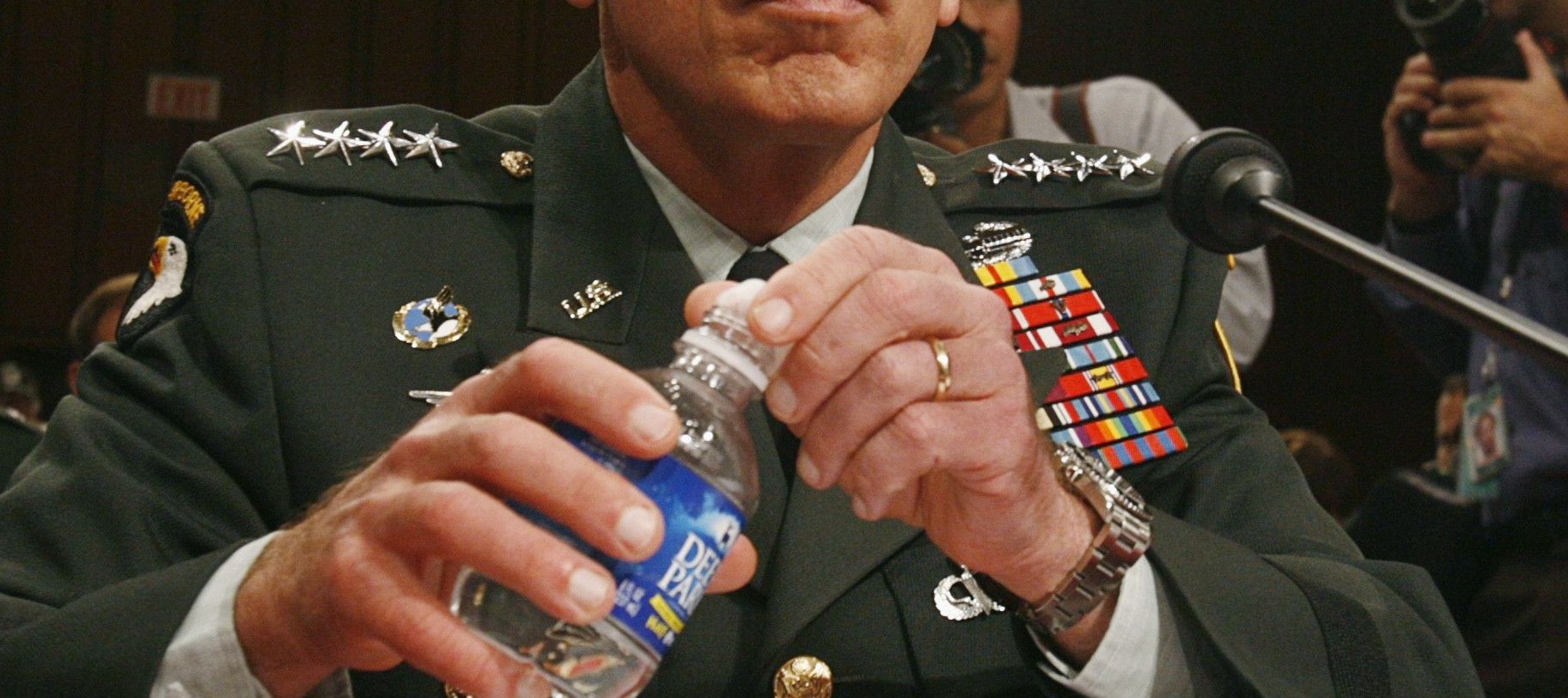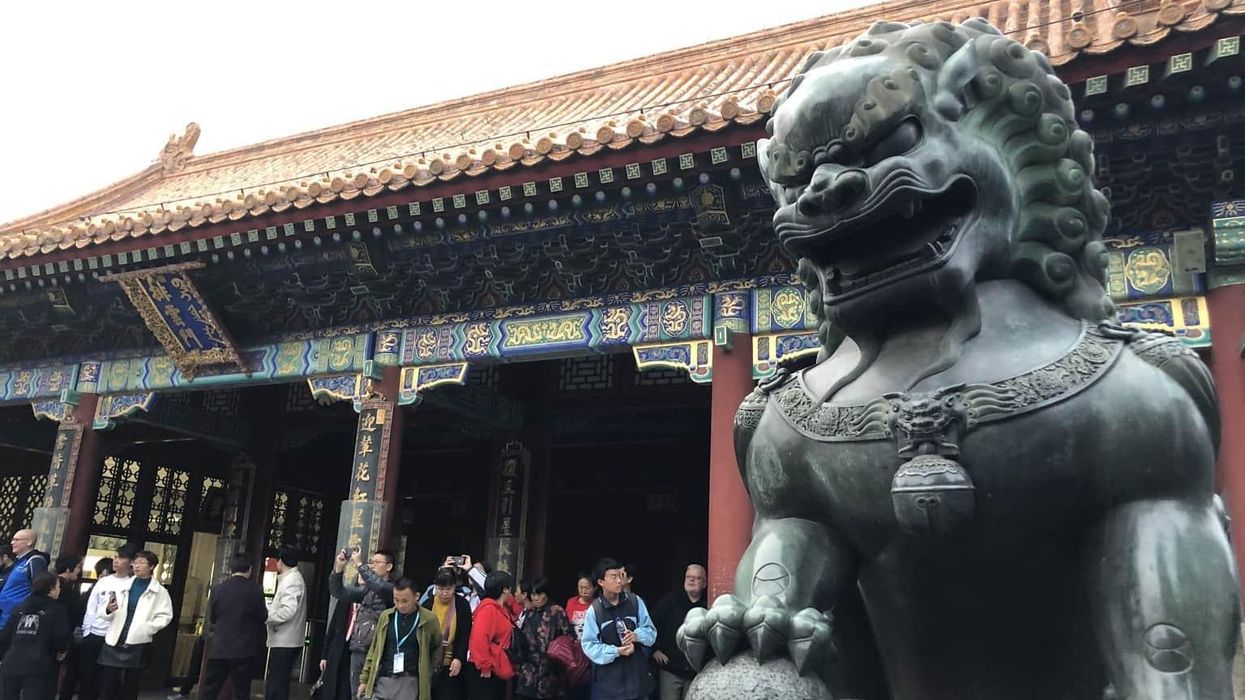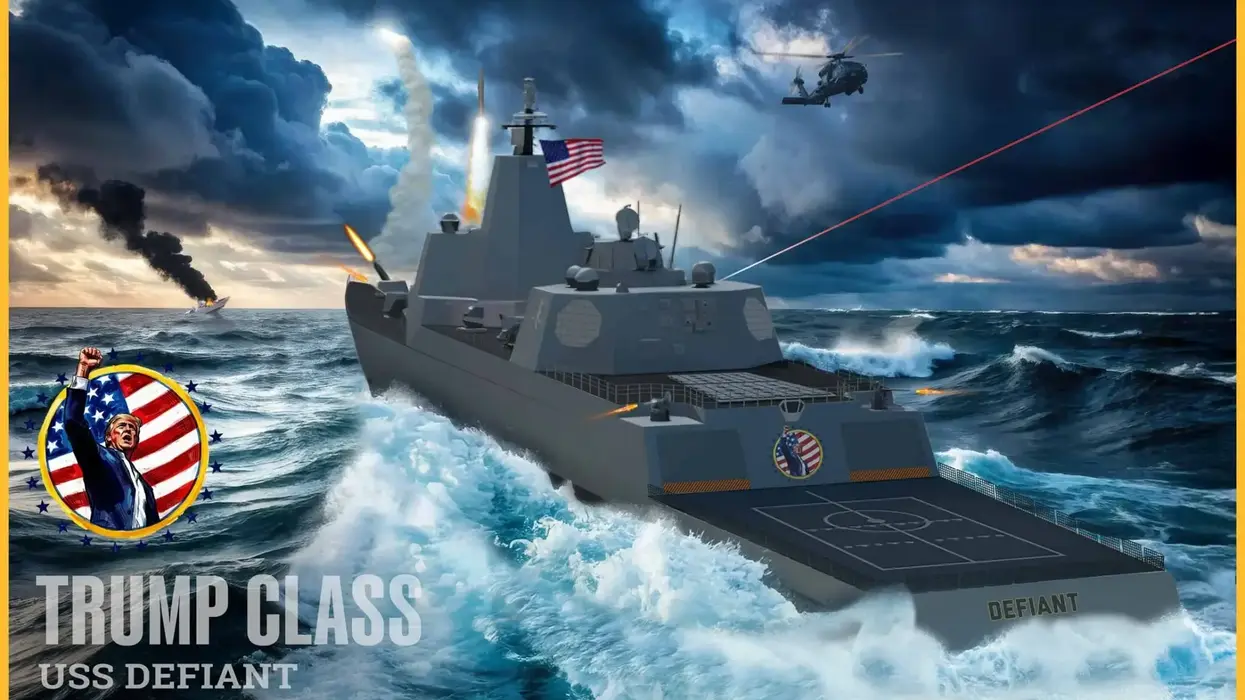In October 1939, just one month after he took over as Army Chief of Staff, General George C. Marshall famously winnowed the ranks of hidebound senior officers to prepare for war. “Most of them have their minds set in outmoded patterns,” Marshall told his leadership team, “and can’t change to meet the new conditions they may face if we become involved in the war that started in Europe.”
Every democracy since a defeated Athens has pruned its senior leaders proven inadequate to the demands of their respective era – often more painful than mere public shame. Ours may be the only era when an entire general and admiralty class — more than 80% of which gain employment in the defense sector after retirement — has been consistently rewarded with lucre and prestige for losing.
With two failed wars and scores of weapons acquisition fiascoes now secured in history’s dustbin, many may fear that virtue itself has been swept from the floor. Mainstream deference to “self-serving delusion” has sustained an unearned and stunting faith in a senior leadership selection system made hollow by long-past assumptions.
Therefore, Secretary of Defense-designate Pete Hegseth’s impassioned plea to focus upon the people who serve and his condemnation of a self-perpetuating, class-creating leadership system may, if we can look past the vitriol of our day, herald our very own Marshall moment to deter war rather than to fight one.
First, most Americans do not realize that the competitive promotion board system for our military, as defined by law, ends after two-star selection. All three and four-star officers are thus political appointees — in every sense. No selection board convenes to nominate them to the Secretary, President, or Congress. So who culls the anointed from the herd? It falls to each uniformed service chief to manage an ever-shrinking, hermetically-sealed talent pool, presenting a goldilocks-like offering of options to the civilian Secretary who will then forward recommendations to the Secretary of Defense. The products of those selections, when confirmed by the Senate, will often outlast their civilian masters in duration of service. The long-term stakes of national security couldn't be higher.
The Senate rarely applies intense scrutiny to the lists of future three-star officers before them for confirmation. A clear signal of systemic dysfunction was the outcry across senior military and mainstream media leaders for the holds exercised by Senator Tommy Tuberville of Alabama. Even after a storied history of senior officer failures, most valued in the end was the replication of and deference to an established hierarchy, and certainly not the effectiveness of the hierarchy selection system itself.
Hegseth is also not wrong when he accuses a senior officer class of self-serving political machinations which often disregard warfighting realities. Yes, senior rank structure past and present is required for the legal execution of the necessary battle captaincy of war. But it is the very nature of political competition for promotion at the highest levels where leaders often first stray from their virtuous origins. The philosophical descent from the battlefield to the polis can be morally treacherous for all who tread there, and especially for the battlefield’s gods who soon enough prove all too human.
Officers protected from prosecution even when found guilty of embezzlement are often the same ones who are the most ready to end much more youthful careers, rather than to stand and support them.
Reinforcing the above debilitating dynamic are the press and leaders who believe that an effective uniformed meritocracy still exists. Often the first time many of today’s elite civilian socioeconomic class mixes with the military occurs at the most senior levels. And the latter feel if they had left service earlier or earlier enjoyed their counterparts’ privileges, they too naturally would have risen as leaders of the corporate world. Pursuit of positions in the same industries that supported them in uniform is merely considered their just due.
This mutual reinforcement reaches its apogee when our most senior military leaders believe they are speaking publicly for the good of the nation, in concert with their newly joined class. They may even attempt to lead-turn the electorate by using their institutionally supported platform to trumpet policies that resonate with their own experiences while also pleasing their political masters’ desires, further ensuring their rise and importance.
A picture book of “firsts” thus replaces victories on the battlefield in the minds of power brokers who measure such selections, however fairly won, as an accretion to even greater power themselves.
Yet often lost in this unvirtuous cycle are the newest volunteers from civilian society, who have little ability to predict the political game ahead.
Indeed, our most vulnerable leaders in the junior ranks sustain the greatest damage from such replication of hierarchy and class creation. Here stands Major Hegseth’s greatest potential and longest-reaching contribution. For as he well knows, most of our youthful best just aren’t willing to go through the inane career paths, obsequious mental tortures, and real damage to family required to participate in such replications of hierarchy, while the less talented do so much more willingly.
Yes, the market of talent is working, but with active flows decidedly leaving an open faucet of promise at every career decision point. Seldom is current leadership held accountable for recruiting and retention woes, or for that matter, anything else.
Some argue this is too complicated to unravel, yet there are ready remedies available. Because the Secretary of Defense must approve each permanent retirement at three or four-star rank, he or she has the capability to use this approval as a lever for national-level accomplishment, not just a rubber stamp for uneventful custodianship. Following the example of the reserve components, we must increase permeability of experts and executives flowing in and out of uniform at the highest levels, and make the reserve-civilian model a feature of the selection system, not a bug.
Moreover, we should enforce and extend “cooling off” periods without which senior officers are enticed to profit from the same military requirements they wrote while on active duty. Bring former three- and four-star officers back to testify when the weapons requirements they championed go wrong so we can learn as an institution. Audit the selection process, emphasize learning leaders, and achieve a modern talent management system that can earn the trust of all ranks.
And since they are political appointees in truth, create a repeatable mechanism to ensure potential three and four-star officers are held accountable to clearly stated strategic intent, rather than wandering aimlessly and often selfishly between the Constitution and the President.
Because history is also ruthless in its pursuit of truth, it teaches how the choice of military leadership often determines the progress or failure of democracy itself.
Around the same time that General Marshall was preparing America for war by choosing more agile leadership, a historian and French army officer named Captain Marc Bloch lambasted a lack of virtue and capability amongst his seniors in his remarkable book Strange Defeat, written mere months before his own cold-blooded execution by the Gestapo.
Summarizing the facts he witnessed firsthand without access to archives in the battlefield, Bloch noted of the serial mistakes that led to the fall of France that, “One glaring characteristic, is however, common to all of them. Our leaders, or those who acted for them, were incapable of thinking in terms of a new war. In other words, the German triumph was, essentially, a triumph of intellect – and that is which makes it so peculiarly serious.”
As General Marshall well knew, America is no more inoculated from a triumph of intellect than the French or any other nation in defending itself. Senior selection systems also require both the freedom of introspection that many died to defend – and the trust of all who would serve in the future. There is nothing more strategic or existential than this.
- When 80 percent of US generals go to work for arms makers ›
- Why these four star generals can't lecture us about morality and truth ›
- Navy Admiral’s bribery charges expose greater rot in the system ›
- Hegseth confirmed: This is where we find out his true mettle | Responsible Statecraft ›
- Military ranks must face radical change or remain broken | Responsible Statecraft ›
- Hegseth: 'Defense' is out, 'killing people and breaking things' is in | Responsible Statecraft ›
- Slash military commands & four-stars, but don't do it halfway | Responsible Statecraft ›
















